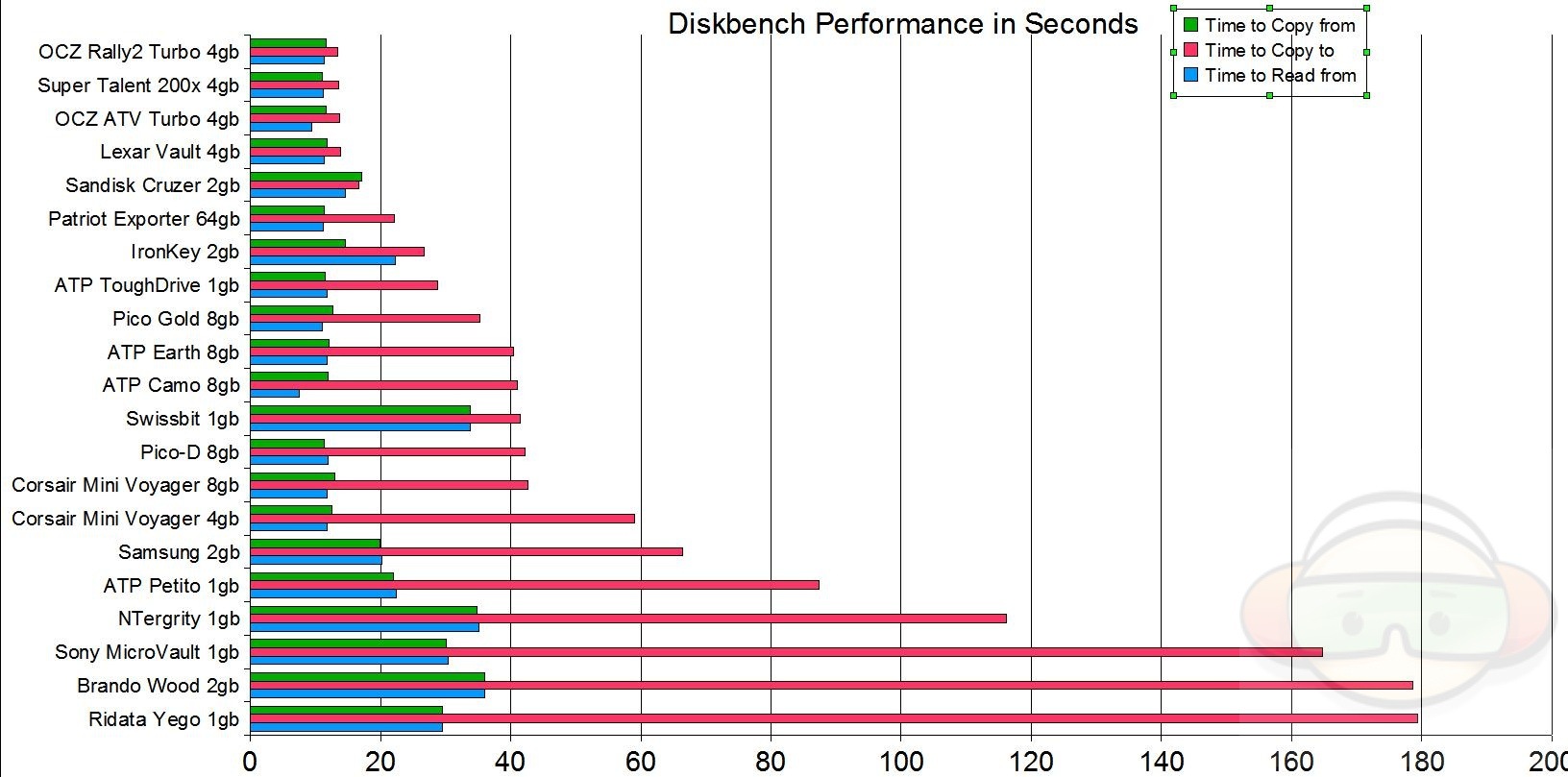After the string arrangement of a phrase, I will spent some time on questioning if the melody has been placed in registers that will bring it out at its best. To come to a good balance between the character of the melody and the string tessitura (register color) you need to know how the different tessituras on every string sound.
Spectrotone Chart and Orchestration Guide Arthur Lange’s analogy between visual color and tonecolor. The chart portrays a graphic representation of the orchestra and its kaleidoscopic tonecolors. The chromatic scale at the foot of the chart covers the range of the piano keyboard.
- Sep 26, 2019 - SAVE 20% ON SALE! The Spectrotone Chart PDF: for arranging, orchestration, recording and mixing. Originally created by Academy Award nominee Arthur Lange, former head of the MGM Music Department. Comes with 2 PDF training guides.
- Spectrotone chart At the same time, whatever orchestra plays spectrotone chart music, it’s too obvious that Beethoven composed at the piano just like it’s obvs that Bruckner had all his ideas at the organ and that he didn’t really care, at points, whether his orchestration was idiomatic or carefully char.
Spectratone Chart
I am not a string player and therefor cannot check this first hand, I have my information from different orchestration books but especially from a source that is called the Spectrotone Chart which can be bought from the same company that publishes the “From piano to strings” book. This chart is only available as a PDF download: The Spectrotone Chart.

Here is a basic overview of the instrument tessituras I mention in this blog:
On the violin, viola and cello, the first octave of every string except the highest string, has the most interesting tessitura (color). Above that, the sound is described as “dull” which means that it is losing character.
Spectrotone Chart
– On string number IV (the lowest string), this 1st octave is described as sounding “mellow ”.
– On string number III, this 1st octave is described as sounding “rich”.
– On string number II, this 1st octave is described as sounding “pleasant”.
– On string number I (thehighest string), this 1st octave is described as sounding “bright”, and the range above this 1st octave is described as sounding “brilliant”.
Spectrotone Chart Pdf
The double bass it is described a little different. Instead of an octave range, the first tessitura has a range of a 4th:

Spectrotone Chart Free Download
– On string number IV (the low E-string), the lowest range of a 4th is described as sounding “mellow”, the range above that is described as sounding “dull”.
– On string number III (the A-string), the lowest range of a 4th is described as sounding “mellow”, the range above that is described as sounding “warm”.
– On string number II (the D-string), the lowest range of a 4th is described as sounding “rich”, the range above that is described as sounding “mellow”.
– On string number I (the G-string), the lowest range of a 4th is described as sounding “pleasant”, the range above that is described as sounding “rich”.
Spectrotone Chart
Of course these are just words, you need to hear these differences to understand the descriptions. But it does explain that there is indeed a different kind of character in these different tessituras and you could keep them in mind while giving your melody to a specific register on a specific string instrument.